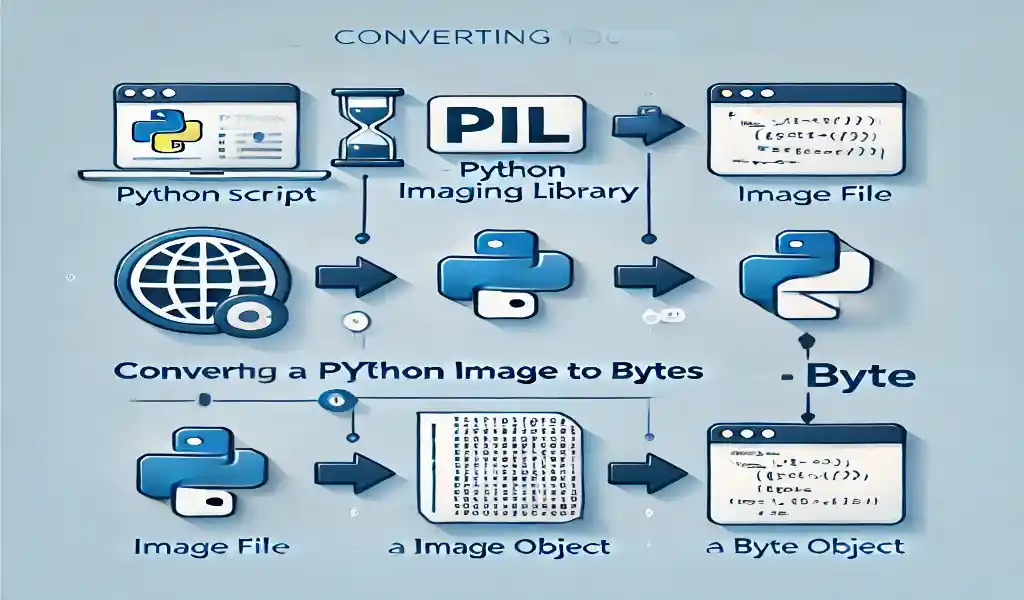For those launching into the bustling world of ecommerce, the design of their online store is the foundational bedrock that often spells the difference between blending into the digital background and soaring to success. The dilemma many entrepreneurs face is a universal one: how do you find a free ecommerce web template that not only resonates with your brand but also engages customers and functions like a well-oiled machine?
In this guide, we’ll lead you through five tried-and-true steps to steer you toward the free ecommerce web template that’s perfect for your endeavor. Whether you’re a startup, a seasoned entrepreneur, or a web designer on the hunt for fresh insights, this post will arm you with the knowledge to make a sophisticated choice.
Step 1: Understand Your Brand Identity
Before you sift through the multitude of templates online, take a step back and examine your brand identity. What are your core values? Who’s your target audience? What aesthetic speaks your brand’s language? A website is often a customer’s first impression of your company; it should embody your brand through every pixel.
Here’s a quick exercise to solidify your brand vision:
- List three adjectives that describe your brand’s personality (e.g., modern, playful, sophisticated).
- Consider your brand colors and which you’d like to feature prominently.
- Reflect on your target audience and what design might resonate with them.
- Think about your unique selling proposition (USP) and how you want to communicate that through design.
Keep these insights at the forefront of your search – every choice you make should align with your brand.
Step 2: Define Your Functional Needs
Now, shift your focus to the functionality of your ecommerce site. What features are vital for a seamless shopping experience? Perhaps you require product filtering, a robust search function, or a user-friendly checkout process.
To start, make a list of the must-have elements for your store:
- Do you need support for a large inventory or just a few products?
- Will you be offering discounts and coupons?
- Is integration with social media a priority?
Once you’ve outlined your functional needs, start browsing for templates that offer these key features. This ensures the template you choose will provide a solid foundation for your store’s operations.
Step 3: Research and Select Ecommerce Platforms
Platforms such as Shopify, WooCommerce, and BigCommerce offer a range of ecommerce templates. Each platform has its strengths and caters to different business sizes and needs. Your decision should be informed by your budget, technical skills, and growth plans.
Here’s an overview of what the major ecommerce platforms offer:
- Shopify: Easy to use, great for beginners, and offers a variety of free and paid themes.
- WooCommerce: An open-source plugin for WordPress, which means a high level of customization.
- BigCommerce: Known for its scalability, providing room for growth as your business expands.
Ultimately, the platform you select will influence the range of templates at your disposal, so choose wisely.
Step 4: Browse and Evaluate Templates
Once you’ve chosen an ecommerce platform, it’s time to browse through the templates. Use the filters provided by the platform to narrow down the options based on style, price (in this case, free), and functionality.
When evaluating templates, consider the following:
- Is the design responsive, ensuring a consistent user experience across devices?
- Does the template support high-quality visuals, which are crucial for ecommerce?
- Are the navigation and user interface (UI) elements intuitive and easy to use?
- Is there flexibility for customization without the need for extensive coding?
Try not to get distracted by advanced features you don’t need – focus on the right balance of form and function that aligns with your brand identity and business requirements.
Step 5: Customize and Personalize
After selecting a template, the real fun begins. Tailor your chosen design to represent your brand and satisfy your functional needs.
Here’s how to begin:
- Replace template images with your product photography.
- Update the text to reflect your brand voice and provide clear messaging.
- Experiment with color schemes and typography that typify your brand.
- Adjust layout elements to improve user flow and direct attention where you want it.
- Add your logo prominently to establish brand recognition.
Remember, cohesion across all aspects of your website, from the About Us page to the checkout process, is key to building trust and brand loyalty.
Conclusion
Finding a free ecommerce web template doesn’t have to be a daunting task. By following these five steps, you can streamline the process and ensure you end up with a design that not only looks good but also functions effectively for your customers. Take your time, be deliberate in your choices, and remember that your website is an evolving extension of your brand – it will grow and adapt as your business does.
A compelling and user-friendly online store can do wonders for your sales and brand reputation. With the right template at your disposal, you’re well on your way to making a memorable online impact.



